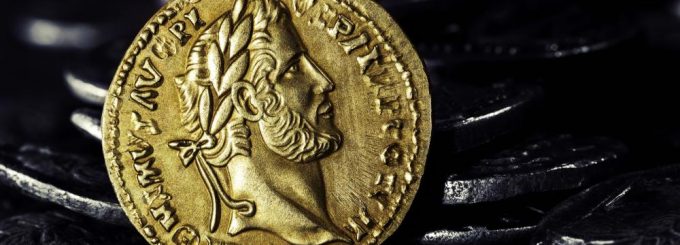Understanding The History And Value Of Ancient Coins: A Collector’s Guide

Ancient coins are more than just currency. They are windows into history, offering a glimpse of ancient civilizations and their cultures. These coins, often crafted with intricate designs, carry both historical and financial value.
As a collector, understanding their significance is key to appreciating their true worth. If you are a seasoned numismatist or a beginner, the world of ancient coins holds a wealth of knowledge, offering endless possibilities for discovery and investment.
The Origins of Ancient Coins
The history of ancient coins dates back to around 600 BC when the first coins were minted in Lydia, an ancient kingdom in what is now Turkey. These early coins, made of electrum, a natural alloy of gold and silver, marked a revolution in trade.
Before coins, bartering was the primary means of exchange. The introduction of standardized coinage allowed for smoother and more efficient commerce, influencing the growth of economies and empires across the ancient world.
Coins from this period often featured the faces of rulers or important symbols. For example, the coins minted by King Croesus of Lydia are famed for their high-quality craftsmanship and their role in shaping the future of coinage.
Ancient Greek, Roman, and Persian empires continued the tradition of coin minting, with each civilization contributing its unique designs and values to the legacy of ancient coins.
The Art of Minting: Design and Symbolism
The design of ancient coins was not just for aesthetic purposes, but also served as a means of propaganda. Rulers often used coins to project their power, commemorate victories, or advertise religious or cultural significance.
The Romans, for instance, used coins to immortalize their emperors and military achievements. Roman aurei, gold coins minted during the reigns of emperors like Augustus or Nero, often depicted the emperor’s portrait and divine attributes.
These coins were not only a means of exchange but also a tool for spreading the emperor’s image across vast territories.
In ancient Greece, coins like the Athenian tetradrachm featured images of Athena and symbols like the owl, a symbol of wisdom.
These coins were used widely in the Mediterranean region and remain iconic examples of Greek numismatics. The symbolism on these coins reflects the values of the societies that minted them, adding layers of historical meaning to each piece.
The Value of Ancient Coins: Rarity and Condition
The value of ancient coins is determined by several factors, with rarity and condition being the most significant. A coin’s rarity is often tied to the number of coins minted and how many have survived to the present day.
Many ancient coins, due to their age, are in limited supply, which increases their appeal to collectors and investors. Coins from short-lived reigns, or those from empires that fell long ago, are particularly prized due to their scarcity.
Condition, or grade, is also crucial in determining value. Ancient coins can be found in a range of conditions, from well-worn specimens to those in near-perfect preservation.
Coins with higher grades, which have fewer scratches or wear, are often worth more. Professional grading services, such as NGC, help determine the authenticity and condition of a coin, which can significantly affect its price.
Explore the World of Rare and Ancient Coins at Coin Exchange
At Coin Exchange, we specialize in offering authentic, rare coins, including ancient coins that tell the stories of long-lost civilizations. Whether you are interested in expanding your collection or just starting, our team is here to guide you through the process.
We help you identify valuable pieces, like historical U.S. half cents or one-cent coins, and offer expert advice on building a collection that suits your interests and investment goals. Reach out to us today to explore our extensive collection of ancient coins and more.


